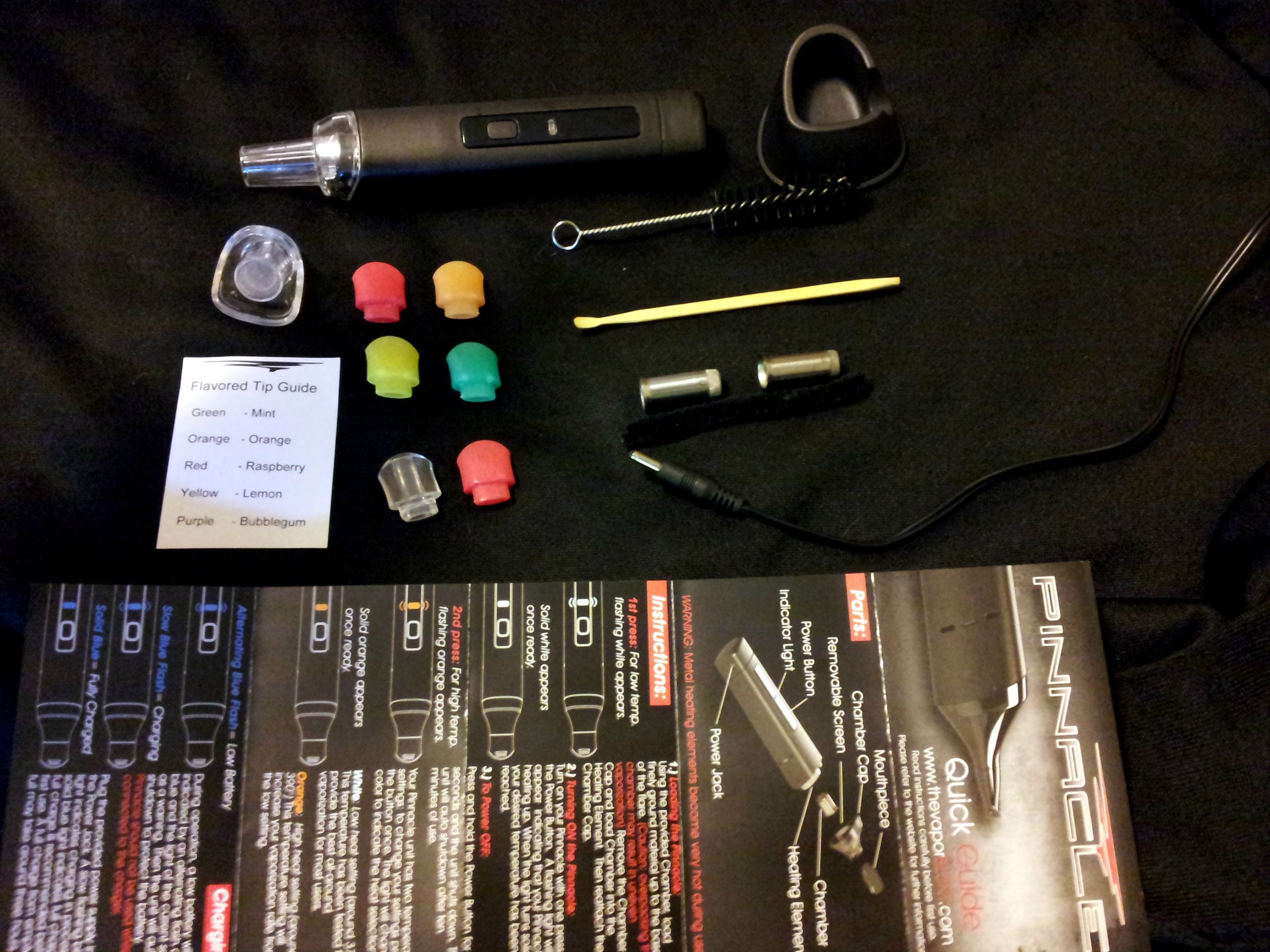I repeat my suspicion that the problem is the length of exposure to ISO. See this essay on the
Chemical Properties of Acrylic.
Diluted ISO and/or short exposure will not have a noticeable effect. That could explain why
TRVB said they've tested and can't replicate the problem.
TheHerbalReview says he uses ISO wipes on his PN and P2 all the time without issue. Others have reported the same.
The mouthpiece is not made from Acrylic, it is Polycarbonate. Different material - though both are clear.
We had a fun experience before the launch of the palm where I gave TRVB what we call "T1," or first run from the new tooling plastic to test. It was made from Acrylic instead of PC, simply because that was what our molder had on hand at the time (remember these were just test pieces, not production parts). Well TRVB went to clean it with ISO and it literally exploded!

That was a fun phone call.
Anyway, moral is we know very well the affect of ISO on Acrylic, which is why we do not use it. Like TRVB has said, we cannot replicate the results. And this is from an 50% ISO soak for 72 hrs. No harmful effects noted.
This is the composition of the alcohol that ruined my mouthpiece, as stated in the label. It is in spanish, I hope it won't be a problem as it is technical stuff:
- Etanol 65%
- Alcohol Isopropilico 35%
- Desnat. con Bitrex 2ppm
Flotato de dietilo 0.3%
Hmm... Isopropilico... unless thats spanish for isopropyl it may be a different chemical structure, not sure the effects, never come across it.
It's main ingredient, Ethanol, is fine for PC. However if it is Methanol - that is bad, it will attach the PC. (remove one carbon atom and look what happens

)
as for the Flotato de dietilo .3% a google search brings up exactly 5 results, one of which is this page, 3 are in Spanish (no habla espanol) . It's a plasticiser, probably a leaching from the container it's held in. Dosent appear harmful.


 That was a fun phone call.
That was a fun phone call.

 Solar power?
Solar power?


 very sad indeed I wanted a rip off her.
very sad indeed I wanted a rip off her.